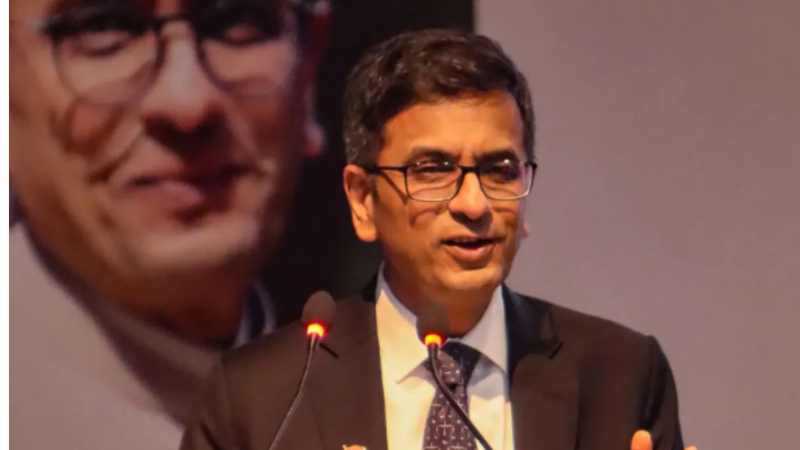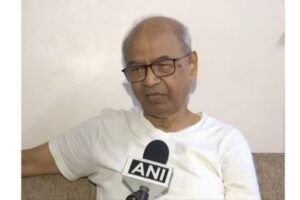
The honourable Chief Justice of India, D.Y. Chandrachud, addressed the J20 summit, and during his address he said that, “Our courts have come to be reimagined not as imposing ’empires’, but as democratic spaces of discourse.”
What is the J20 Summit?
The aim of this summit is to foster dialogue on pressing legal matters. Scheduled to take place in Rio de Janeiro from May 12–14, the “J20—Summit of Heads of Supreme Courts and Constitutional Courts of G20 Members” brings together 20 heads of superior courts, including the Chief Justice of India.
This summit centers around three pivotal themes: “Promotion of citizenship and social inclusion by the Judiciary; Climate litigation and sustainable development; and Digital transformation and leveraging technology for enhanced judicial efficiency.”
Chief Justice’s Address
Chief Justice of India, through his address, stated that how the Indian courts have transformed from being a imposing and hierarchical institutions, akin to “empires,” where proceedings were conducted in opaque physical spaces. However, the pandemic necessitated rapid changes, pushing courts to adapt and innovate. This adaptation has resulted in courts becoming more democratic spaces of discourse, where accessibility and transparency are enhanced through measures such as remote hearings and digital documentation. In essence, the pandemic has accelerated the evolution of courts beyond their traditional confines, fostering greater openness and inclusivity in the judicial process.
“Our courts have transformed from being imposing ’empires’ to becoming democratic spaces of discourse. The COVID-19 pandemic pushed the boundaries of our court systems, compelling them to change overnight. Courts have evolved beyond just opaque physical spaces,” said CJI Chandrachud
On Adapting Technology
He emphasized that the Supreme Court of India has embraced digitalization, transitioning to a nearly paperless environment aiming to minimize the necessity for litigants to physically appear in court for dispute resolution.
Regarding India’s legal system, the Chief Justice of India (CJI) pointed out that the Indian Supreme Court’s Case Management System relies on Free and Open Source Software (FOSS), distinguishing it as the largest such system globally. He noted that FOSS not only reduces expenses significantly but also fosters transparency, addressing communication barriers.
The CJI also introduced SUVAS (Supreme Court Vidhik Anuvaad Software), an AI-driven tool leveraging machine learning to translate judgments into 16 regional languages. Over 36,000 cases have been translated using this tool. Furthermore, access to Supreme Court judgments is facilitated through Digital SCR (Supreme Court Records), where more than 30,000 historical judgments are freely available.
He further said that, “virtual hearings have democratized access to the Supreme Court. It has opened the space for people who could not appear before the Court without great difficulty. Persons with physical impairments, pregnant women, persons in their advanced years can now choose to opt to access the courtroom virtually. Over 750,000 cases have been heard over video conferencing. The proceedings of important constitutional cases in the Supreme Court are live-streamed on its YouTube channel – bringing constitutional deliberations to the homes and hearts of all citizens.”




